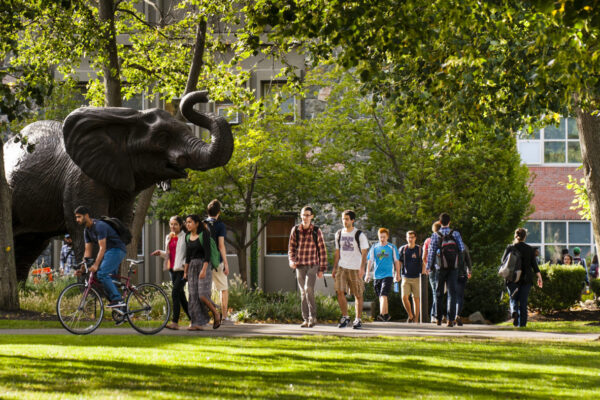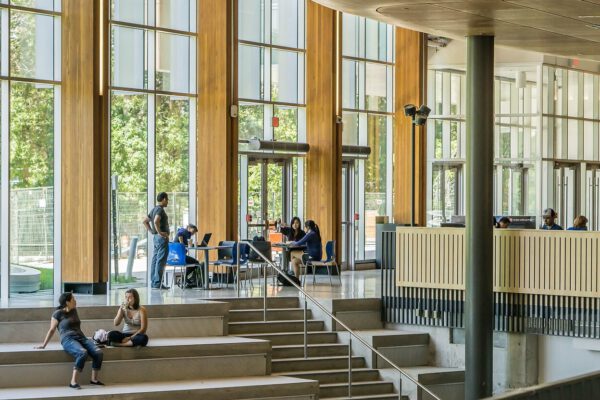Improving State Longitudinal Data Systems
Title: Powering Potential: Using Data to Support Postsecondary Access, Completion, and Return on Investment
Source: The Data Quality Campaign
To make decisions about when and where to pursue their next educational credential, students and their families need to be able to understand the full picture of pursuing further education. They need access to real-time program information, which includes data on enrollment and completion, program performance, financial aid availability, employment, and return on investment.
A new publication from the Data Quality Campaign highlights the current landscape and challenges of state data systems for postsecondary education and offers recommendations to align state and institutional data systems.
Key findings include:
How the existing postsecondary and workforce data landscape varies
According to the report, nearly all states have agencies that oversee postsecondary institutions and collect some student or programmatic data within postsecondary student unit record systems (PSURSs). However, the authors note that agency-specific data are often disconnected from other sectors’ data. As a result, student information cannot connect with postgraduation outcomes, as is possible with statewide longitudinal data systems.
Education and workforce data systems differ greatly across states. Sixty-eight percent of PSURSs connect to workforce data, but only 11 percent identify the industry and general occupation that individuals are employed in.
States collect a variety of postsecondary data from institutions through a variety of methods, but the report emphasizes that states identify many common uses of the data, such as in supporting workforce alignment.
Data challenges that states are facing
The report observes that federal funding for states to develop data systems has been increasingly siloed, with different grant programs focusing on the development of data systems that each have a narrow focus (e.g., workforce and K–12 data).
Education and workforce data systems identify students using different methods, making connecting individuals’ data and tracking their pathways difficult. However, the authors note that some states are making changes to improve matching accuracy.
Recommendations for states to proactively use data in cooperation with postsecondary institutions
The report recommends that states ensure data are used in collaboration with postsecondary institutions to inform policy and practice. This includes creating guided pathways and aligning institutions’ educational offerings with their states’ workforce needs. By evaluating trends in postsecondary completion, employment outcomes, and employment needs, policymakers can refine programs that guide students into pathways with high completion and high-paying careers.
Institutions collect a variety of information about students, including enrollment demographics and course grades. According to the report, given many institutions’ limitations to do robust analysis, this information should be integrated with statewide data systems.
States can use data to make the admissions and financial aid application processes easier for students and to streamline the process of enrolling in high-demand educational offerings. States and institutions can also leverage their shared data to identify students at higher risk of not completing their postsecondary program and tailor financial support, emergency aid, and academic supports to provide on-time interventions to these students.
To read the full report from the Data Quality Campaign, click here.
—Austin Freeman
If you have any questions or comments about this blog post, please contact us.


